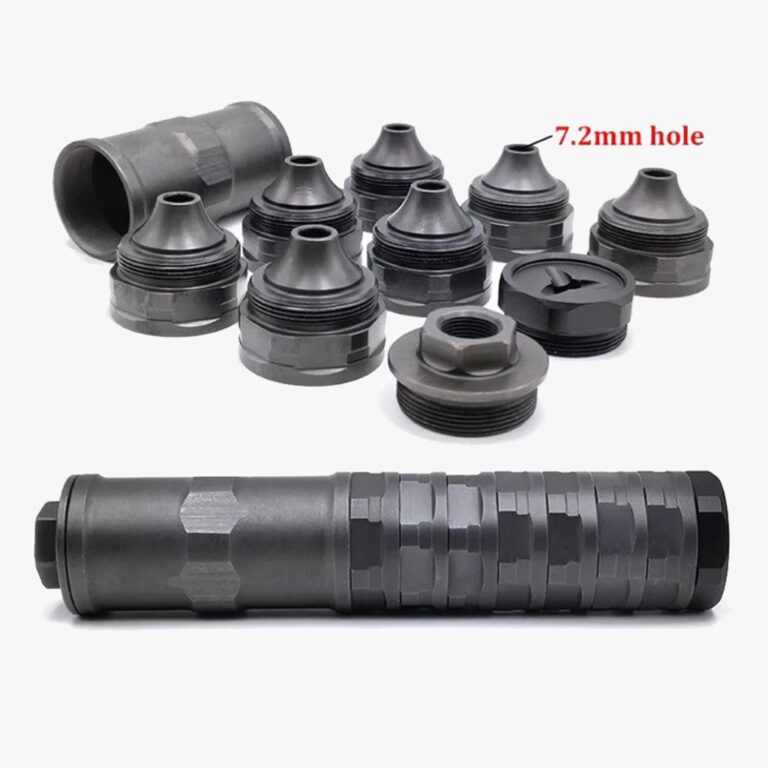Our homes are more than just places to live; they’re sanctuaries for relaxation and reflection. But how can we ensure these havens are also havens for the environment? This guide explores practical steps you can take to create a sustainable and energy-efficient home, minimizing your environmental impact while maximizing your comfort and well-being.
The Power of Small Changes: Embracing Sustainable Practices
Sustainability isn’t about drastic changes; it’s about making small, conscious choices that collectively create a significant impact. Here are some easy starting points:
-
Embrace Reusable Alternatives: Ditch single-use plastics! Invest in reusable water bottles, shopping bags, and food containers. Compost food scraps instead of tossing them in the trash.
-
Energy-Conscious Habits: Unplug unused electronics, turn off lights when leaving a room, and adjust your thermostat for optimal energy efficiency. Consider air-drying clothes instead of using the dryer whenever possible.
-
Water Conservation Measures: Take shorter showers, fix leaky faucets promptly, and invest in water-efficient appliances.
-
Natural Cleaning Products: Opt for natural cleaning solutions like vinegar and baking soda instead of harsh chemicals. This is better for your health and the environment.
-
Conscious Consumption: Before buying new, consider pre-loved options! Thrift stores, online marketplaces, and community swap meets offer sustainable alternatives for furniture, clothing, and household items.
Energy Efficiency: Powering Your Sustainable Home
Energy efficiency is key to reducing your environmental footprint. Here are some strategies to consider:
-
Upgrade Your Lighting: Replace traditional incandescent bulbs with energy-efficient LED alternatives. These use significantly less energy and last much longer.
-
Smart Appliances: Consider investing in smart appliances that allow you to control energy usage remotely and optimize settings for efficiency.
-
Weatherization Measures: Seal air leaks around windows and doors to prevent drafts and improve insulation. Consider adding weather stripping or caulking where necessary.
-
Harness Renewable Energy: Explore options for installing solar panels or wind turbines (depending on your location) to generate your clean energy. Government incentives or rebates might be available to help offset the initial cost.
Sustainable Materials: Building an Eco-Friendly Home
When making renovations or purchasing furniture, consider the environmental impact of your choices:
-
Sustainable Materials: Opt for furniture and building materials made from recycled content or sustainably harvested wood. Bamboo is a fast-growing and eco-friendly alternative for some applications.
-
Low-VOC Paints: Choose low-VOC (volatile organic compound) paints to minimize indoor air pollution and create a healthier living environment.
-
Energy-Efficient Windows: Invest in energy-efficient windows that offer superior insulation and reduce heat gain or loss depending on the season.
Beyond the Walls: Creating a Sustainable Outdoor Haven
Your outdoor space can also be a haven for sustainability:
-
Embrace Native Plants: Plant native, low-maintenance species that require less water and attract beneficial pollinators.
-
Composting: Set up a backyard compost bin to turn food scraps and yard waste into nutrient-rich fertilizer for your garden.
-
Rainwater Harvesting: Install a rainwater harvesting system to collect rainwater for watering your plants, reducing your reliance on municipal water sources.
Financial Benefits of Sustainability: Saving Money While Saving the Planet
Sustainability isn’t just good for the environment; it’s good for your wallet too! Here’s how:
-
Reduced Energy Bills: Energy-efficient appliances and practices translate to lower energy bills.
-
Water Conservation Savings: Water-saving measures can significantly reduce your water usage and associated costs.
-
Extended Product Lifespan: Investing in quality, durable products and taking proper care of them extends their lifespan, saving you money in the long run.

Building a Sustainable Future: Embracing a Holistic Approach
Sustainability is a continuous journey, not a destination. Here are some additional tips to keep in mind:
-
Stay Informed: Educate yourself about sustainability practices and environmental issues. There are many online resources and educational campaigns available.
-
Lead by Example: Inspire others by sharing your sustainable practices with friends, family, and neighbors.
-
Support Sustainable Businesses: Choose companies committed to sustainability when making purchases. Look for eco-friendly certifications and support local businesses with green practices.
Related: How to Make Garden Soil
Conclusion: Your Sustainable Sanctuary Awaits
Creating a sustainable home is more than just reducing your environmental impact; it’s about creating a healthier, more comfortable living space for yourself and the planet. By incorporating these practices into your daily routine, you can transform your home into a sustainable sanctuary – a place of peace, comfort, and environmental responsibility





